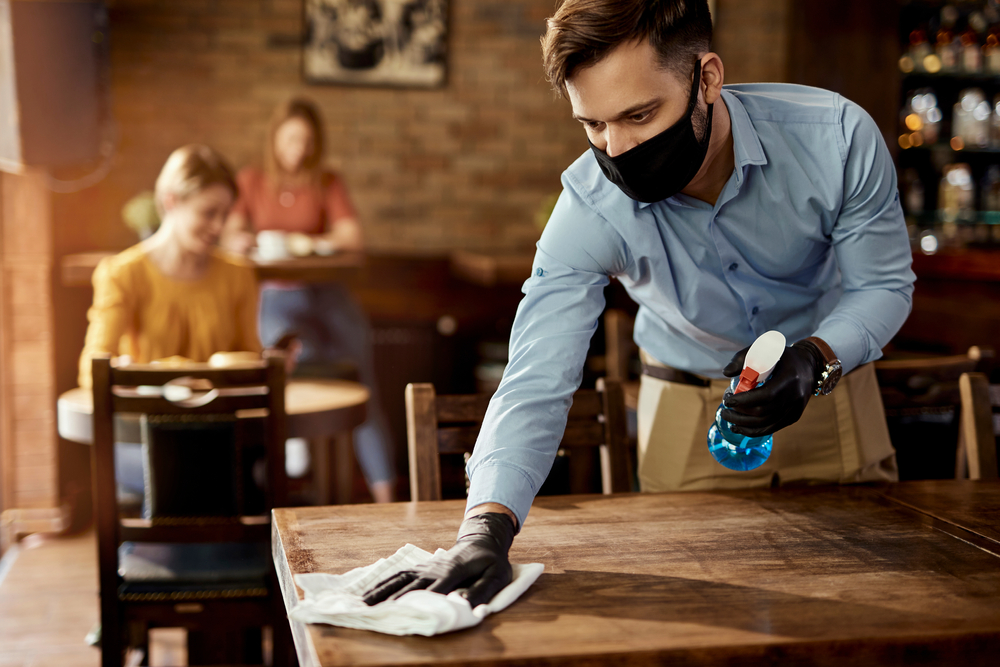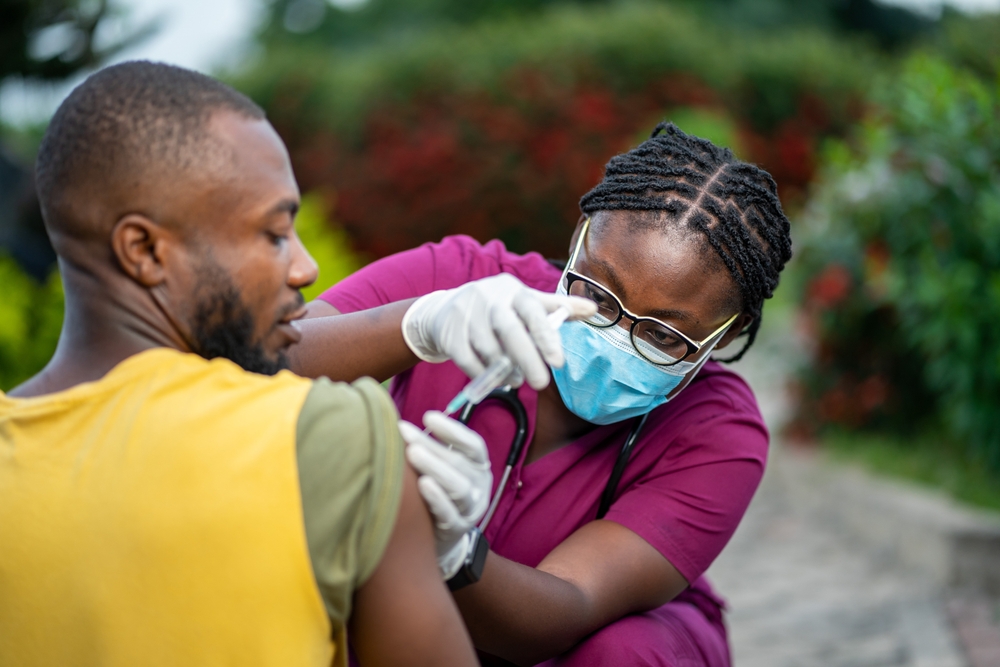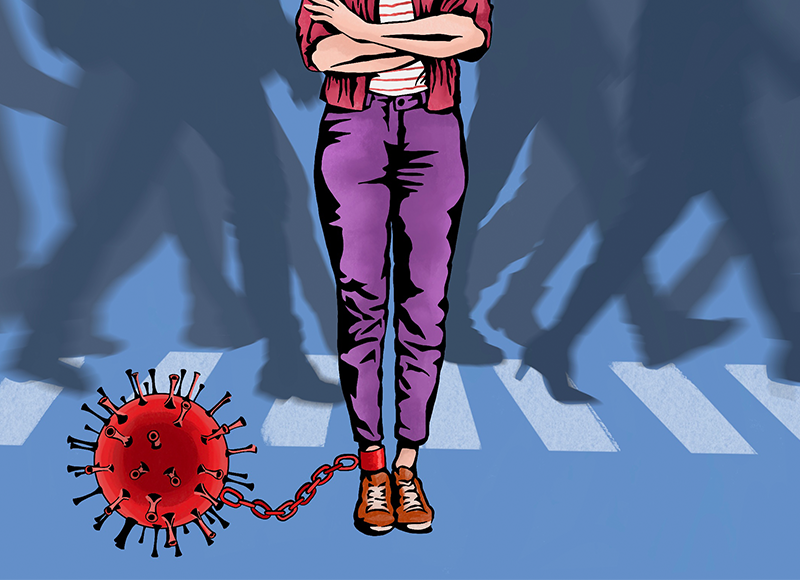In the Samen Slim Open project, Quirine ten Bosch does research on how Covid-19 spreads in indoor spaces. A scientist at Quantitative Veterinary Epidemiology, Ten Bosch has been working with researchers from Delft and Rotterdam to develop simulations of the transmission of Covid-19 in restaurants. ‘They show something different to the general models used by the National Institute for Public Health and Environment (RIVM),’ she says.
Table
Ten Bosch looks specifically at what happens when a group of people come into a restaurant. How do they deal with the one-and-a-half-metre distancing rule? What route do they take from their table to the toilet? To answer such questions, Ten Bosch and her colleagues from the Erasmus Medical Centre in Rotterdam simulate the presence of a person infected with the coronavirus in an indoor space, to see how that person transmits the virus through the air, how many virus particles are in the air, and how this can lead to a new infection.
Movements
Scientists from TU Delft are modelling the behaviour and movements of restaurant guests under different sets of Covid rules. This model was developed at railways stations for the national railway company NS and has now been adapted for restaurants. It provides a tool with which restaurant owners can work out which layout and rules would serve best in their space for limiting transmission of the coronavirus.
Contact time
The app does not exist yet, but Ten Bosch can already draw a few conclusions from the study. The length of the contact time is a crucial factor in the transmission of Covid-19. You can allow more visitors into a space in which they have only brief contact with each other, such as a supermarket, than into places where they are together for longer, such as a restaurant. But you can limit that contact time in restaurants by letting people in for a maximum of 45 minutes, with no overlap in the time slots. That reduces the risks of infection and increases visitor numbers at the restaurant. The simulation shows how many tables it is safe to have in the space available.
Risk profile
‘We can draw up a risk profile per room,’ says Ten Bosch. ‘And on that basis, we can give advice on how the indoor space can be made Covid-proof. Compared with other models, it is very realistic.’ The model can also be used by cafes and ice cream parlours.’

 Photo: Shutterstock
Photo: Shutterstock 

